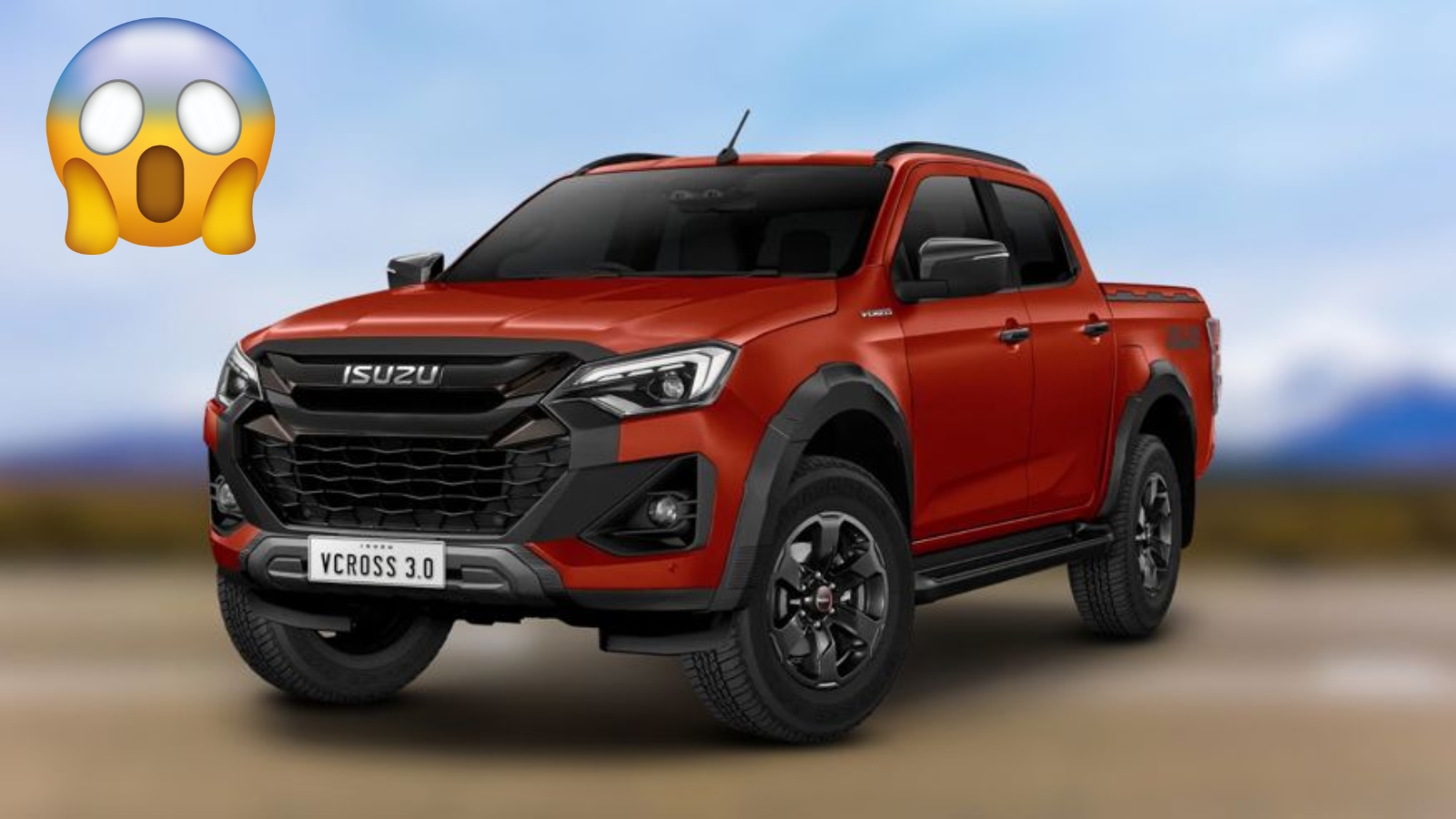The electric ute revolution is gaining momentum in Australia, and Isuzu is preparing to join the party with their highly anticipated D-Max electric vehicle. Recent pricing announcements from the UK market suggest Australian buyers should prepare for a significant financial commitment, with estimates pointing to a price tag exceeding $100,000.
What Makes the D-Max Electric Special
Unlike many electric vehicles that compromise on capability, the D-Max electric maintains the practical strengths that made its diesel counterpart popular among Australian tradies and adventurers. The electric version preserves the same 1000kg payload capacity and impressive 3500kg towing capacity that professionals rely on daily.
The dual-motor setup delivers 140kW of combined power, matching the output of the current diesel engine. However, torque takes a hit, dropping to 325Nm compared to the diesel’s robust 450Nm. This reduction might concern buyers who regularly tow heavy loads or tackle challenging off-road terrain.

Range Reality Check
With a 66.9kWh battery pack, the D-Max electric offers 263km of driving range under the WLTP testing cycle. This figure represents unladen driving conditions, meaning real-world range will likely decrease when carrying cargo or towing. For comparison, Australia’s first electric ute, the LDV eT60, promised 330km but struggled to attract buyers with only 117 sales by June 2025.
The charging capabilities are respectable for a work vehicle. AC charging tops out at 11kW, while DC fast charging reaches 50kW. Isuzu claims the battery can charge from 20% to 80% in one hour using a DC fast charger, making it practical for extended work days with strategic charging breaks.
Performance Expectations
Speed isn’t the D-Max electric’s selling point. The 0-100km/h sprint takes 10.1 seconds, and top speed reaches just over 130km/h. These figures reflect the vehicle’s focus on utility rather than performance. The permanent four-wheel drive system ensures capability across various terrains, while the switch from leaf springs to coil springs in the rear should improve ride quality.
D-Max Electric vs Diesel Comparison
| Feature | Electric Version | Diesel Version |
|---|---|---|
| Power Output | 140kW | 140kW |
| Torque | 325Nm | 450Nm |
| Fuel/Range | 263km (electric) | ~800km (diesel) |
| Towing Capacity | 3500kg | 3500kg |
| Payload | 1000kg | 1000kg |
| Estimated Price | $100,000+ | ~$70,000 |
The Price Reality
UK pricing provides insight into Australian expectations. The base extended-cab model starts at £59,995 ($123,865) excluding VAT, rising to £71,994 ($148,640) with taxes included. The dual-cab variant costs £60,995 ($125,930) before VAT or £73,194 ($151,115) with taxes.
For context, the equivalent diesel D-Max costs £38,300 ($79,075) in the UK, representing a premium of approximately $30,000 for electric power. If this pricing structure translates to Australia, buyers should expect to pay well over $100,000 for the electric version.
Why the High Price Tag
The substantial price premium reflects several factors. Electric vehicle technology remains expensive, particularly for specialized applications like commercial vehicles. The dual-motor system, robust battery pack, and engineering required to maintain towing and payload capabilities add significant costs.
Additionally, Isuzu faces pressure from Australia’s New Vehicle Efficiency Standard (NVES), which imposes financial penalties on manufacturers selling high-emission vehicles. This regulatory environment may influence pricing strategies for both electric and diesel models.
Market Competition
The D-Max electric enters a developing but competitive market. The LDV eT60’s poor sales performance demonstrates that Australian buyers remain cautious about electric utes. However, upcoming competitors include electric versions of the Ford Ranger, Toyota HiLux (expected 2026), and the new Kia Tasman.
Plug-in hybrid alternatives like the BYD Shark 6 and GWM Cannon Alpha offer a middle ground, combining electric capability with extended range through combustion engines.
Timeline for Australia
Isuzu Ute Australia hasn’t committed to specific timing, describing the launch as happening “in the near future.” The global rollout begins in Norway later this year, followed by Thailand and the UK in early 2026. Australian availability will likely follow these markets.
The company is also considering multiple electrification options, including mild-hybrid, plug-in hybrid, full electric, and even fuel-cell technologies to meet emissions regulations.
What This Means for Buyers
The D-Max electric represents a significant step toward sustainable commercial vehicles, but the price premium raises questions about market acceptance. Businesses with predictable daily routes and access to charging infrastructure may find the operating cost savings justify the higher purchase price over time.
However, the limited range and reduced torque compared to diesel alternatives may concern buyers who regularly undertake long-distance travel or heavy-duty work. The success of the D-Max electric will largely depend on whether Australian buyers prioritize environmental benefits over traditional cost and capability metrics.
For now, interested buyers should monitor developments closely while considering their specific needs and budget constraints. The electric ute market is evolving rapidly, and early adopters will play a crucial role in shaping its future direction.
Frequently Asked Questions
Q: When will the Isuzu D-Max electric be available in Australia?
A: Isuzu Ute Australia hasn’t announced specific timing, only confirming it will arrive “in the near future,” likely after the UK launch in early 2026.
Q: How much will the D-Max electric cost in Australia?
A: Based on UK pricing, estimates suggest over $100,000, representing approximately a $30,000 premium over equivalent diesel models.
Q: What’s the real-world range when towing?
A: While official figures show 263km unladen, expect significantly reduced range when towing or carrying heavy loads, though specific figures aren’t yet available.
